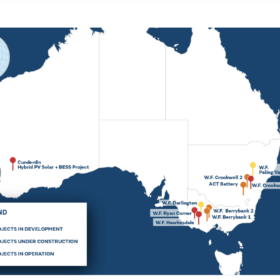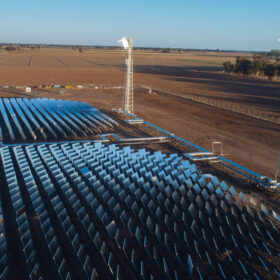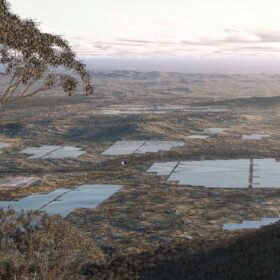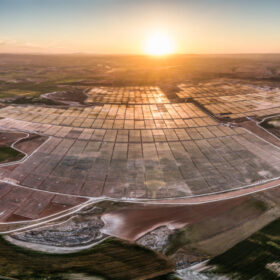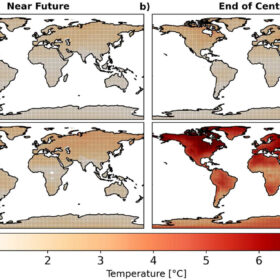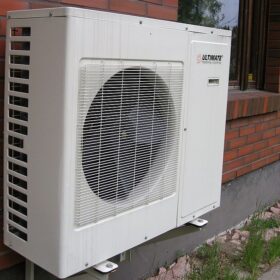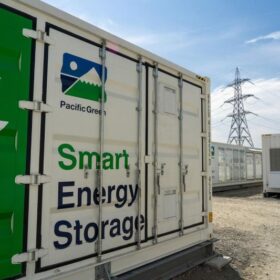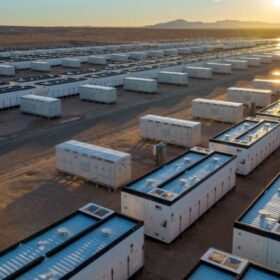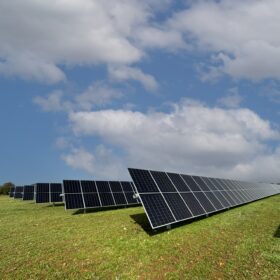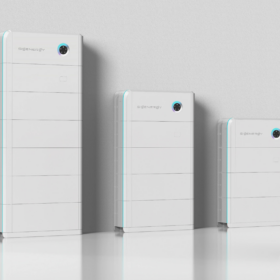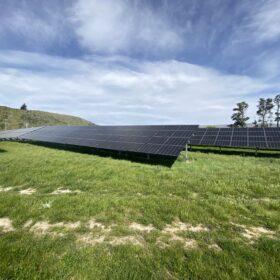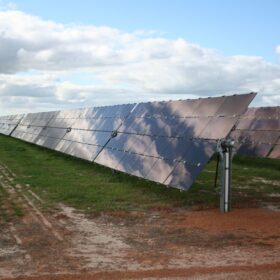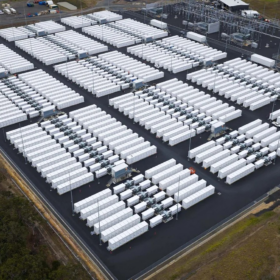$4 billion expected from sale of Naturgy’s 1.3 GW portfolio-holder GPG Australia
Major Australian renewable energy portfolio holder Global Power Generation Australia, jointly owned by Spain’s Naturgy and an arm of the Kuwait Investment Authority, is reportedly going up for auction early next year.
Vast scores EDF support for concentrated solar power technology
Australian solar thermal specialist Vast Renewables will look to accelerate the development of its concentrated solar power technology after securing a $16.37 million (€10 million) capital commitment from French energy giant EDF Renewables.
Acciona presses go on 380 MW Queensland solar farm
Construction of the 380 MW Aldoga Solar Farm being developed near Gladstone on the central Queensland coast is to commence in the first quarter of 2024 with energy generated at the facility to go towards powering the state’s largest green hydrogen project.
BP to take full control of Lightsource BP
Energy giant BP announced today it would take full ownership of solar and wind energy developer Lightsource BP once a deal – pertaining to the purchase of the remaining renewables company’s shares BP does not own – goes through next year.
Solar productivity negatively impacted by emissions and aerosols, study finds
A study by engineers at UNSW, published in the Renewable Energy journal, shows that aerosols and greenhouse gas emissions reduce the productivity of photovoltaic installations and that this differs according to the global region.
Renewables helping China to halve power prices compared to Australia, Europe
Wood Mackenzie says in a new report that China could install 230 GW of PV and wind capacity and export more than 200 GW of solar panels in 2023. Unlike Europe and United States, the country is avoiding the high curtailment of PV and wind.
Performance parameters for residential heat pumps linked to PV, storage
German researchers measured a PV-powered heat pump with battery storage in a single-family home in Freiburg, Germany, for a period of a year. It features smart grid-ready tech that adjusts operations based on the grid.
War in Ukraine triggered unique phase in renewables history
Human Geographer Thilo Wiertz speaks to pv magazine on the particular features that characterised the trajectory of renewable energies after the outbreak of the war in Ukraine. He emphasised how the geopolitical tensions arising from this conflict have reshaped the political debate about the energy transition, with the energy security perspective gaining in importance.
Pacific Green unveils 1.5 GWh big battery plans for South Oz
British renewables developer Pacific Green Technologies has joined the growing number of foreign companies looking to capitalise on Australia’s energy transition, announcing plans to build a 500 MW/1,500 MWh battery energy storage system in South Australia.
CIP pushes ahead with 480 MWh battery project in South Australia
Danish investment group Copenhagen Infrastructure Partners has tapped Canadian PV and battery manufacturing heavyweight Canadian Solar to provide the energy storage solution for the first of the multiple large-scale battery projects it has planned for Australia.
